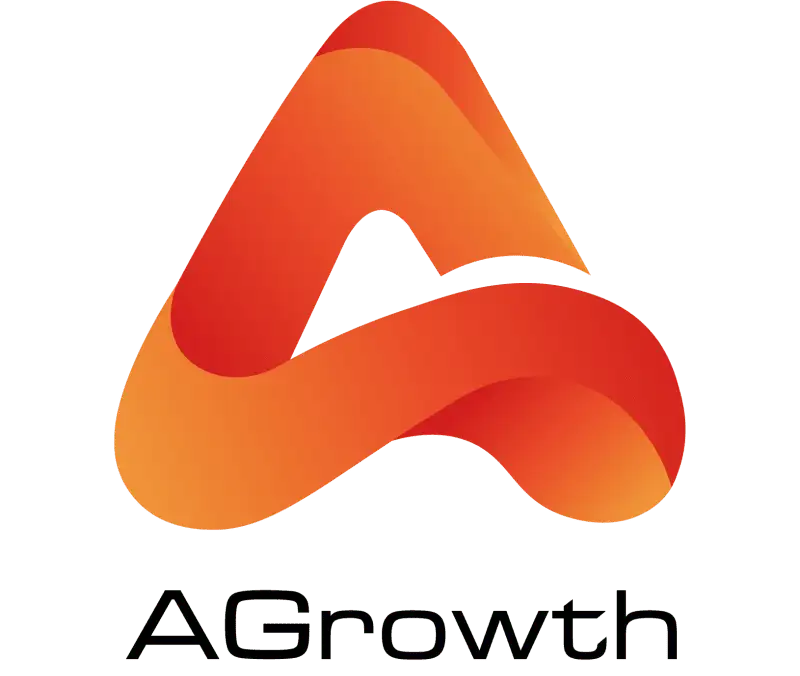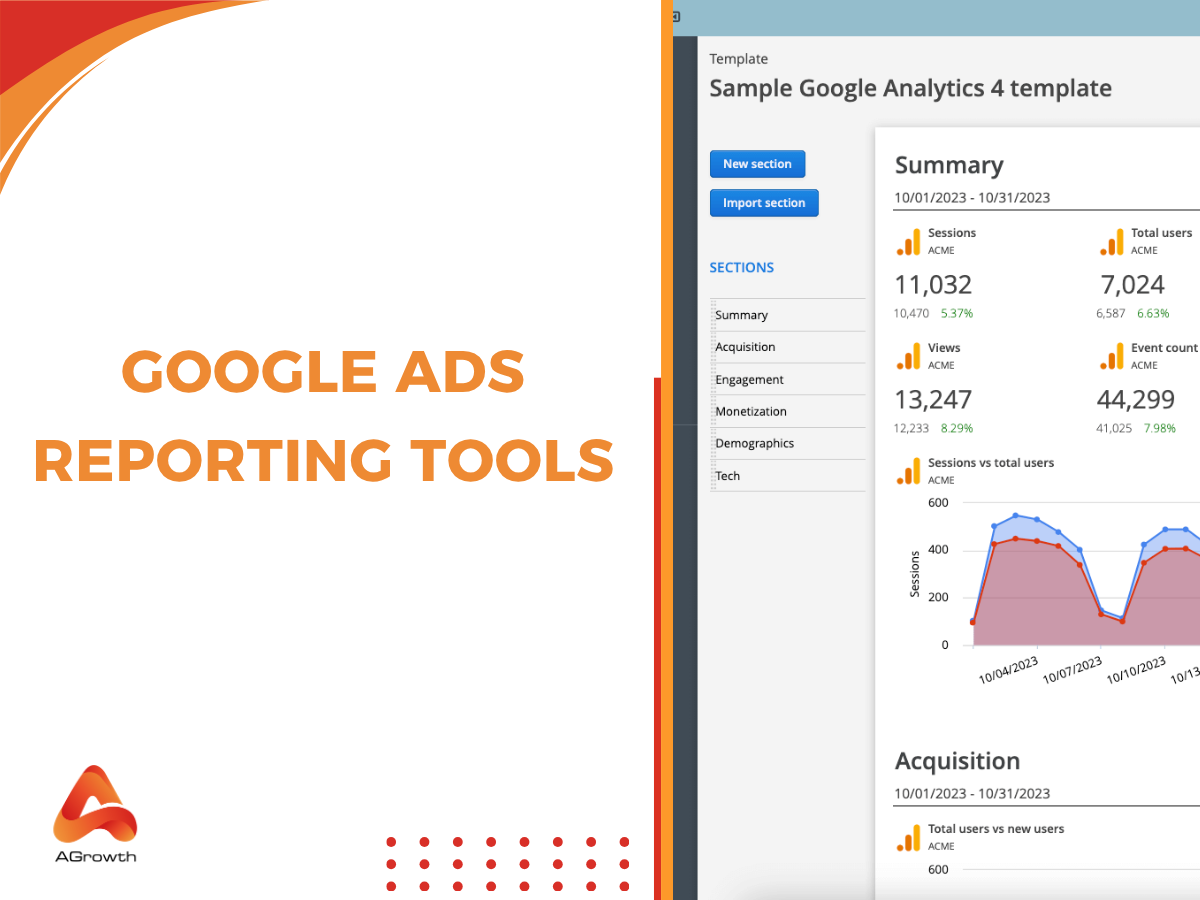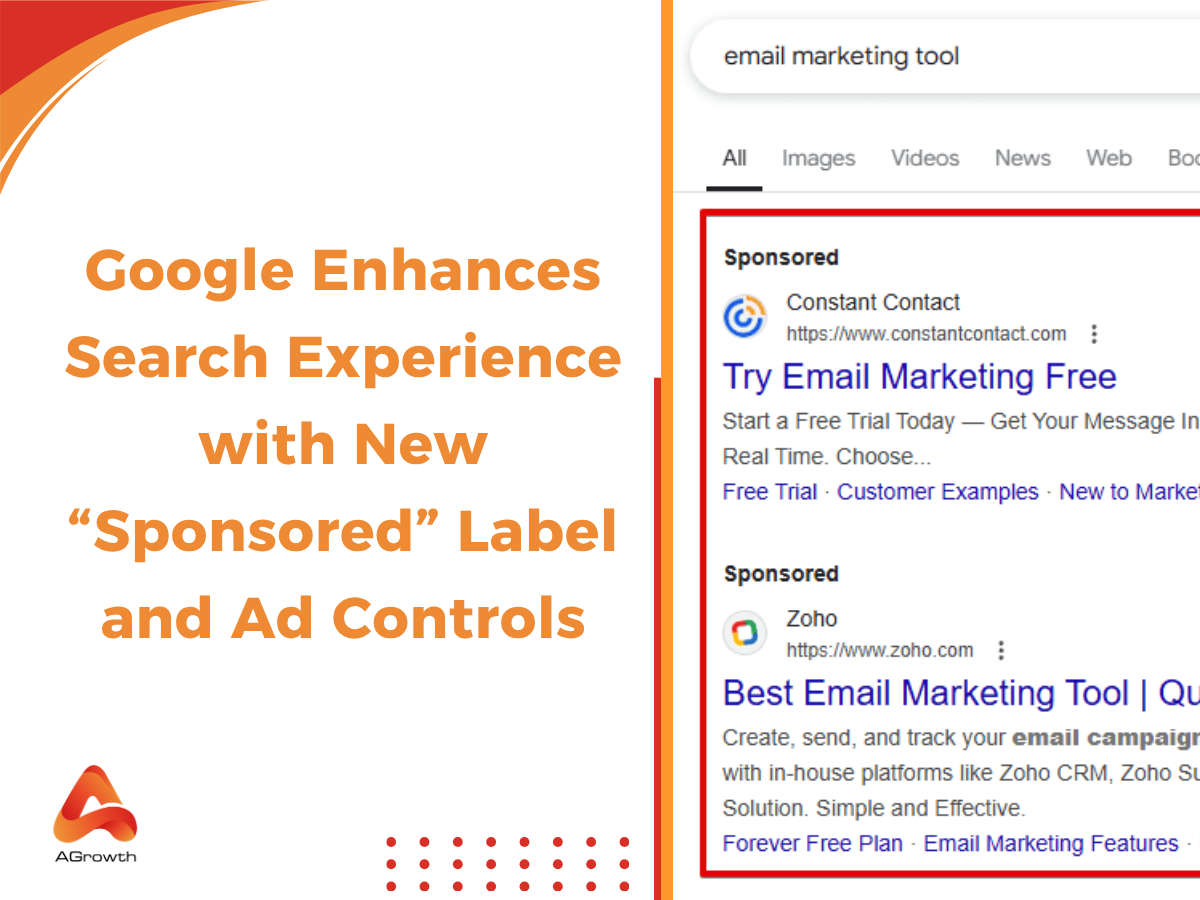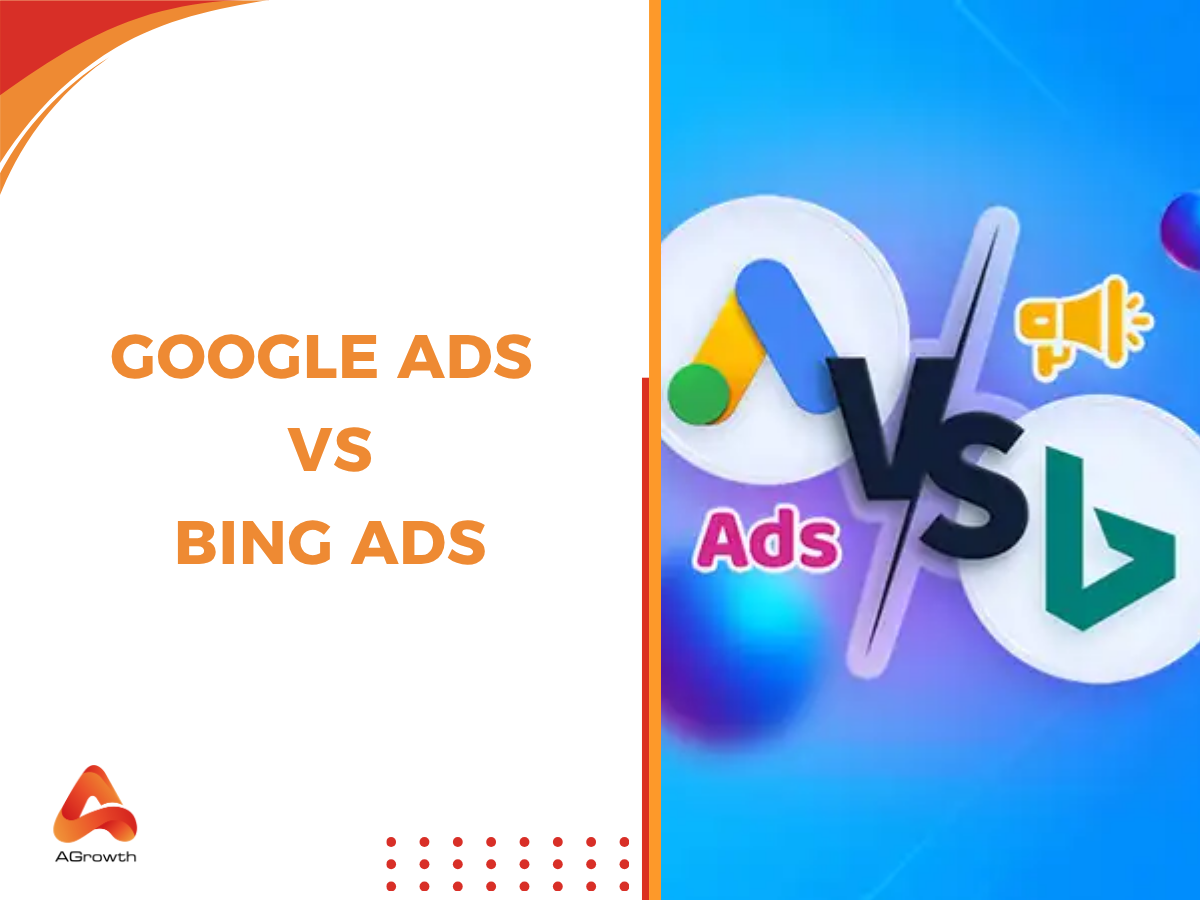
Table of Contents
Google Ads Campaign Structure: Elements, Best Practices, And Mistakes to Avoid
A well-structured Google Ads campaign can make the difference between wasted ad spend and a scalable, profitable advertising strategy. Campaign structure is not just a matter of organization; it directly affects your Quality Score, click-through rate (CTR), cost per click (CPC), and ultimately your return on investment (ROI).
In this guide, we’ll explore what a Google Ads campaign structure is, why it matters, its core elements, best practices for setup, mistakes to avoid, and strategies for optimization. Whether you run e-commerce ads, lead generation campaigns, or local service promotions, mastering campaign structure is essential for consistent performance.
What is a Google Ads Campaign Structure?
A Google Ads campaign structure refers to how you organize ad groups, keywords, and ads within a single campaign. Each campaign has its own settings, budget, bidding strategy, targeting, and networks, and contains ad groups that break down further into ads and keywords.
According to Google Ads Help, “A campaign contains one or more ad groups. Settings that you can set at the campaign level include budget, language, location, distribution for the Google Network, and more.”
In practice, this means your campaign structure determines:
-
Which audience segments do you target?
-
How your budget is allocated.
-
The message alignment between keywords, ads, and landing pages.
A well-built structure ensures that every keyword and ad is grouped logically under one campaign goal, minimizing overlap and maximizing performance.
Why a Strong Campaign Structure Matters
Setting up campaigns without a clear structure is one of the most common mistakes advertisers make. But why does it matter so much?
A good campaign structure delivers benefits across multiple areas:
-
Improves Quality Score – Google rewards relevance. When your keywords, ads, and landing pages align within a tight structure, you achieve higher Quality Scores, lowering CPC.
-
Better Budget Allocation – Clear segmentation allows you to direct spend toward high-performing ad groups and campaigns without budget leakage.
-
Higher CTR and Conversions – Relevance increases engagement. Well-structured campaigns ensure the right ad is shown to the right audience.
-
Easier Optimization & Scaling – A logical structure simplifies reporting, A/B testing, and scaling.

Core Elements of a Google Ads Campaign Structure
To build a powerful structure, you must first master its constituent parts. Each level of the hierarchy offers a unique set of controls that, when used in concert, allow for precise and effective ad targeting. Think of these elements as the building blocks of your advertising strategy.
Grasping how each component functions and interacts with the others is fundamental to creating a structure that is both resilient and scalable.
Campaign Level: Budget, Bidding, Geo-targeting, Networks
The campaign is the highest and most foundational level of your structure. All the settings you apply at the campaign level will cascade down to the ad groups, keywords, and ads within it. This is where you make your high-level strategic decisions.
-
Budget
You set your average daily budget at the campaign level. This tells Google how much you're willing to spend each day, on average, for that specific set of ad groups.
-
Bidding Strategy
Here, you define how you want to bid for clicks. You might choose a manual CPC strategy for maximum control, or leverage Google's automated bidding strategies like Target CPA, Target ROAS, or Maximize Conversions. Your choice of bidding strategy should align directly with your overall campaign goals for Google Ads.
-
Geo-targeting
This setting allows you to control where in the world your ads are eligible to show, from entire countries down to specific postal codes.
-
Networks
At the campaign level, you decide whether your ads will appear on the Google Search Network, the Google Display Network, or search partners. It's generally best practice to create separate campaigns for Search and Display networks, as user intent and performance metrics differ dramatically between them.
Ad Groups: Clustering Keywords and Themes
If campaigns are the control tower, then ad groups are the building blocks. Each ad group clusters a set of keywords around a central theme and houses the ads that serve those keywords.
-
Thematic Grouping: Best practice is to keep ad groups tightly themed. For example, if you run an online shoe store:
-
Campaign = “Running Shoes”
-
Ad Group 1 = “Men’s Running Shoes”
-
Ad Group 2 = “Women’s Running Shoes”
-
Keyword Relevance: Each ad group should contain 10–20 closely related keywords. Having too many diluted ad relevance lowers Quality Score.
-
Ad Relevance: Ads inside the ad group must speak directly to the keywords. If your ad group is about “Nike Air Max,” the ads should mention “Nike Air Max,” not just “shoes.”
Pro tip: Some advanced advertisers use SKAGs (Single Keyword Ad Groups) for maximum precision, though this requires more management.
Ads & Creatives: Relevance and Alignment with Search Intent
The ads themselves are the only part users see. No matter how good your structure is, weak ad copy will sink your performance.
-
Ad Copywriting: Ensure headlines and descriptions reflect the keywords in the ad group. Use strong calls-to-action (CTAs).
Example: If the keyword is “buy running shoes online,” your ad might read:
Headline: Buy Running Shoes Online – Free 2-Day Shipping
Description: Shop the latest running shoes. Discounts available today only.
-
Ad Types:
-
Responsive Search Ads (RSAs) – allow Google to mix and match multiple headlines and descriptions.
-
Expanded Text Ads (ETAs) – though legacy, some advertisers still use them.
-
Dynamic Search Ads (DSAs) – auto-generate headlines based on website content.
-
Ad Extensions: Campaigns that use sitelinks, callouts, and structured snippets often see higher CTR. These should be strategically mapped at the campaign or ad group level.
-
Landing Page Alignment: Each ad must connect seamlessly to a relevant landing page. Google explicitly notes: “Your landing page experience is a factor in your Google Quality Score. A high-quality landing page can improve your Ad Rank.”
Keywords: Match Types and Negative Keywords
Finally, the fuel of a campaign lies in the keywords. Selecting and structuring keywords properly ensures your ads are triggered by the right queries.

-
Match Types:
-
Exact Match – tight control, high relevance, low volume.
-
Phrase Match – balance between reach and precision.
-
Broad Match – maximum reach, but can trigger irrelevant queries.
Google explains: “Broad match gives your ad the widest reach. Exact match ads show only when the search query matches the keyword exactly, or is close to that exact keyword.”
Refer to our article on Google Ads keyword match types to understand deeply about each type, how to use and best cases.
-
Negative Keywords: Essential for filtering out irrelevant traffic. For instance, if you sell luxury watches, you might add “cheap” as a negative keyword.
-
Keyword Intent Alignment: Each keyword should map to a campaign goal. Transactional keywords (e.g., “buy iPhone 15 online”) should go into conversion-focused campaigns, while informational keywords (e.g., “how to choose a smartphone”) may support awareness campaigns.
Common Mistakes to Avoid
Even experienced advertisers can fall into bad habits or overlook critical details that undermine the effectiveness of their campaign structure. Building a strong foundation is only half the battle; maintaining its integrity by avoiding common pitfalls is equally important.
Recognizing and correcting these errors can unlock significant performance improvements and prevent the slow erosion of your campaign's efficiency.
Too Many Keywords Per Ad Group
When an ad group is bloated with dozens of loosely related keywords, it becomes impossible to write truly relevant ad copy. An ad that tries to speak to 20 different keywords will inevitably be generic and fail to resonate with the specific intent of any single search query. This leads to a lower CTR, a diminished Quality Score, and wasted ad spend.
Overlapping Campaigns Targeting the Same Queries
This issue, often referred to as account cannibalization, occurs when multiple campaigns or ad groups are competing to show ads for the same search queries. This can happen due to broad match keywords pulling in traffic intended for more specific campaigns, or a lack of strategic negative keyword implementation between campaigns.
This overlap forces you to bid against yourself, can inflate your CPCs, and makes it impossible to gather clean performance data to make informed optimization decisions. Regular audits of your search query reports are essential to identify and rectify these overlaps.
Not Segmenting by Device or Geo
User behavior can vary significantly based on their device (mobile vs. desktop) and their geographic location. Lumping all devices and locations into a single campaign prevents you from optimizing for these differences.
For example, mobile users might be more likely to make a phone call, while desktop users might be more inclined to fill out a detailed form.
By segmenting campaigns by device, you can set mobile-specific bid adjustments and use mobile-preferred ad copy. Similarly, segmenting by high-performing geographic regions allows you to allocate budget more effectively and tailor ad messaging to local audiences.
Poor Use of Match Types
Relying too heavily on broad match without the safety net of Smart Bidding and a robust negative keyword list is a recipe for disaster. It can lead to your ads showing for a vast number of irrelevant queries, draining your budget with little to show for it.
Conversely, using only exact matches can be too restrictive, causing you to miss out on valuable, long-tail search queries that indicate strong user intent.
AGROWTH - GOOGLE AGENCY ACCOUNT
⭐ Managed campaigns with expert guidance
⭐ Flexible invoice-based billings, custom top-ups
⭐ High resistance to suspension via agency tier
⭐ Quick fund transfer to new account if needed
⭐ Priority support via Google Partner channel
⭐ Lower fees from 3-5%
⭐ Eligible for bonus credit up to $384
Best Practices for Building Google Ad Campaign Structures
Moving from theory to application, building an effective campaign structure requires a strategic approach rooted in best practices. For the advanced advertiser, these practices go beyond the basics, focusing on creating a granular, scalable, and highly efficient framework that anticipates future growth and optimization needs.
Let's delve into the advanced methodologies and strategic considerations that separate a good campaign structure from a great one.
Theme-based Grouping (Products, Services, Audience Segments)
The most logical and effective way to structure your campaigns is to mirror the structure of your business. Group your campaigns based on the distinct themes of your products, services, or even the audience segments you are targeting.
For example, an e-commerce store might create separate campaigns for each major product category (e.g., "Laptops," "Smartphones," "Headphones"). A B2B service provider might have campaigns for each of their core services (e.g., "SEO Services," "PPC Management," "Content Marketing"). This thematic grouping immediately creates a logical hierarchy that simplifies budget allocation, reporting, and optimization.
SKAGs vs. Multi-Keyword Groups
Instead of a single keyword, an ad group might contain 3-5 very closely related keywords (e.g., "men's trail running shoes," "trail running shoes for men," "buy men's trail running shoes"). This still allows for highly relevant ad copy without the massive administrative overhead of managing thousands of SKAGs. The choice between SKAGs and themed groups often depends on keyword volume and the resources available for management.
Use of Negative Keywords
A proactive and comprehensive negative keyword strategy is non-negotiable for an advanced advertiser. Negative keywords are your primary defense against wasted ad spend. You should be building negative keyword lists at two levels:
-
Campaign-Level Negatives: These are terms that are irrelevant across the entire campaign. For a store selling premium running shoes, terms like "cheap," "free," or "used" would be excellent candidates for a campaign-level negative list.
-
Ad Group-Level Negatives: These are used to prevent cross-competition between your own ad groups. For example, in your "men's trail running shoes" ad group, you would add "marathon" as a negative keyword to ensure that a search for "men's marathon running shoes" triggers an ad from the correct, more specific ad group.
Regularly mining your search query reports for new negative keyword ideas is a continuous process that pays significant dividends in efficiency and relevance.
Aligning Ad Copy with Landing Pages
Your campaign structure must facilitate a seamless transition from ad to landing page. The promise made in your ad copy must be immediately fulfilled on the landing page.
If your ad promotes a "20% Off Sale on Trail Running Shoes," the landing page must prominently feature that offer and display trail running shoes. A disconnect between your ad and landing page leads to high bounce rates, low conversion rates, and a poor Quality Score. Ensure each ad group directs traffic to the most specific and relevant landing page possible.
Structuring for Different Networks: Search, Display, Shopping, Video
It is a fundamental error to lump different network types into a single campaign. User intent and ad formats vary drastically across networks, and your structure must reflect this.
-
Search Campaigns: Structured around keywords and user intent, as detailed throughout this guide.
-
Display Campaigns: Structured around targeting methods like audiences (in-market, affinity), demographics, topics, or placements. Campaigns should be segmented by targeting strategy to properly evaluate performance.
-
Shopping Campaigns: Structured around product groups rather than keywords. You can segment your products based on attributes from your product feed, such as category, brand, or even custom labels for profit margin.
-
Video Campaigns (YouTube): Structured around targeting methods similar to Display, but with a focus on video ad formats and metrics like view rate and cost-per-view.
Each network requires its own dedicated campaign with a structure tailored to its unique targeting capabilities and user behavior.
To fully leverage these options, it's beneficial to explore the various Google Ads campaign types available.
FAQs about Google Ads Campaign Structure
How do I structure a Google Ads campaign for e-commerce?
For e-commerce, build your Google Ads campaign structure around product categories or brand lines. Separate campaigns for high-margin or best-selling items, create ad groups by keyword themes, and use Shopping ads with custom labels. This structure helps maximize visibility and optimize budget allocation.
How many ad groups should I have per campaign?
In a healthy Google Ads campaign structure, each campaign typically has 3–10 ad groups. Each ad group should focus on a small set of tightly related keywords. This balance ensures enough coverage for testing while keeping management and optimization simple.
What is the difference between campaign structure and account structure in Google Ads?
Google Ads account structure defines the overall hierarchy: account → campaigns → ad groups → ads. Google Ads campaign structure, on the other hand, refers to how you organize ad groups, keywords, and ads within a single campaign to achieve a specific advertising goal.
You can read more about how a Google ad account structure works through our article here!
Should I use SKAGs in my campaign structure?
Using SKAGs in your Google Ads campaign structure can increase ad relevance and CTR because each ad group is tailored to one keyword. However, they can become hard to scale. A hybrid approach, SKAGs for high-value keywords and multi-keyword groups for long-tail terms, is often most effective.
How do campaign goals affect campaign structure in Google Ads?
Campaign goals directly shape your Google Ads campaign structure. For example, a goal of brand awareness may require Display or Video campaigns with broad targeting, while a goal of lead generation benefits from Search campaigns with tightly themed ad groups.
Conclusion
A well-built Google Ads campaign structure is more than just neat organization—it directly impacts ad relevance, Quality Score, and overall ROI. By carefully defining campaign levels, grouping ad sets around themes, aligning ad copy with landing pages, and leveraging negative keywords, advertisers can unlock better targeting, higher CTRs, and smarter budget allocation.
Avoiding common pitfalls like overstuffed ad groups, poor keyword management, or ignoring segmentation keeps campaigns efficient and scalable. And with regular audits, A/B testing, and smart automation, your structure can evolve alongside market trends and Google’s algorithm changes.
For businesses looking to scale their advertising efforts without the complexities of managing multiple high-spend accounts, leveraging a trusted agency account can provide a significant advantage. AGrowth offers robust and reliable ad accounts for rent, allowing you to focus on strategy and growth while we handle the account infrastructure. Contact us today to learn how our solutions can empower your advertising success
Related posts:
- Google Ad Campaign
- Google Ad Group









Your comment